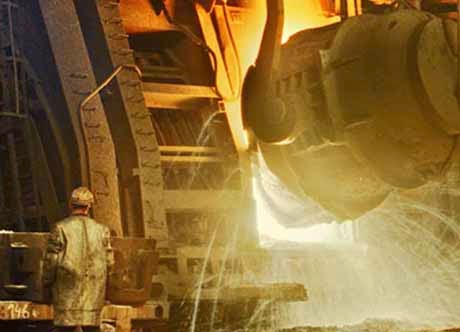Elon Musk is about to lay a golden egg in the Nevada desert with the world’s largest battery manufacturing facility. The $5 billion Tesla Motors battery factory, which is currently under construction will be the largest of its type in the world. All last summer states in contention for the facility were falling over themselves in an effort to be selected for the plant. Nevada, the winner of the competition offered Tesla over $1 billion in incentives.
But this isn’t just a battery factory for electric cars, Musk also owns SolarCity Corp., which is a full-service solar power provider. Currently operating in 15 states and growing, SolarCity is a single source for the entire solar package, from design and permitting to installation and repair.
Alternative power generating applications (green energy) such as wind and solar has always been held back by the lack of a practical method for power storage. The inability to get power when you need it has always been the biggest drawback. The wind doesn't blow the sun doesn't shine, real fodder for a blues song, but if you’re trying to calculate ROI the feasibility just isn't there. In the early days, developers were counting on battery technology to catch up. The federal government and many states have helped keep the industry afloat with very generous energy credits and incentives. But practically speaking compared to the large scale power generation of an NG fired power station, without taxpayer-subsidized incentives the green energy industry would look much different. Add to this the recent drop in natural gas prices due to massive domestic increases in the extraction and being competitive would seem a vain effort.
For practical purposes solar and wind power are best suited for on-site use, and from the beginning, the scenario of on-site power generation has been the industry dream. There are three factors that will ultimately allow this to become a reality.
No matter how cheaply power can be created through existing methods, being green is a key political issue, so don’t expect energy credits to go anywhere. As it stands today, without credits and incentives there is no form of alternative energy that can be competitive with baseload power.
As the innovation continues, and the economy of scale kicks in, cost and panel degradation have been steadily decreasing as output per square foot has been steadily increasing. This is a trend that shows no signs of abatement.
This is the golden egg. Tesla has clearly exhibited increases in battery performance, they recently announced that they achieved a 300-mile range per charge in their cars. In addition, for Musk to get $5 billion worth of backing from companies like Panasonic means that they are onto something.
Elon Musk’s companies are in a position to change that scenario. Imagine a cheap and easy to install a solar array for a residential application with a measurable ROI. Collect the energy during the day and use it at night. Companies such as SolarCity could install and maintain systems just like any other service industry, and doing it for less than utility costs. For the solar and wind industry, this is the scenario that they have been waiting 30 years for. For utilities, this is a scenario that will change over 100 years of dominance.






















